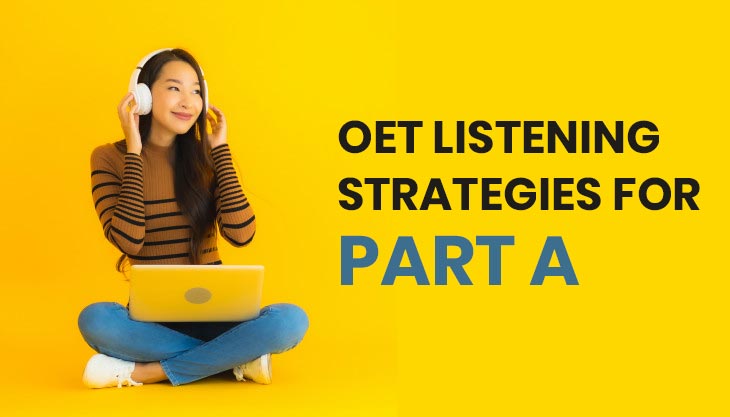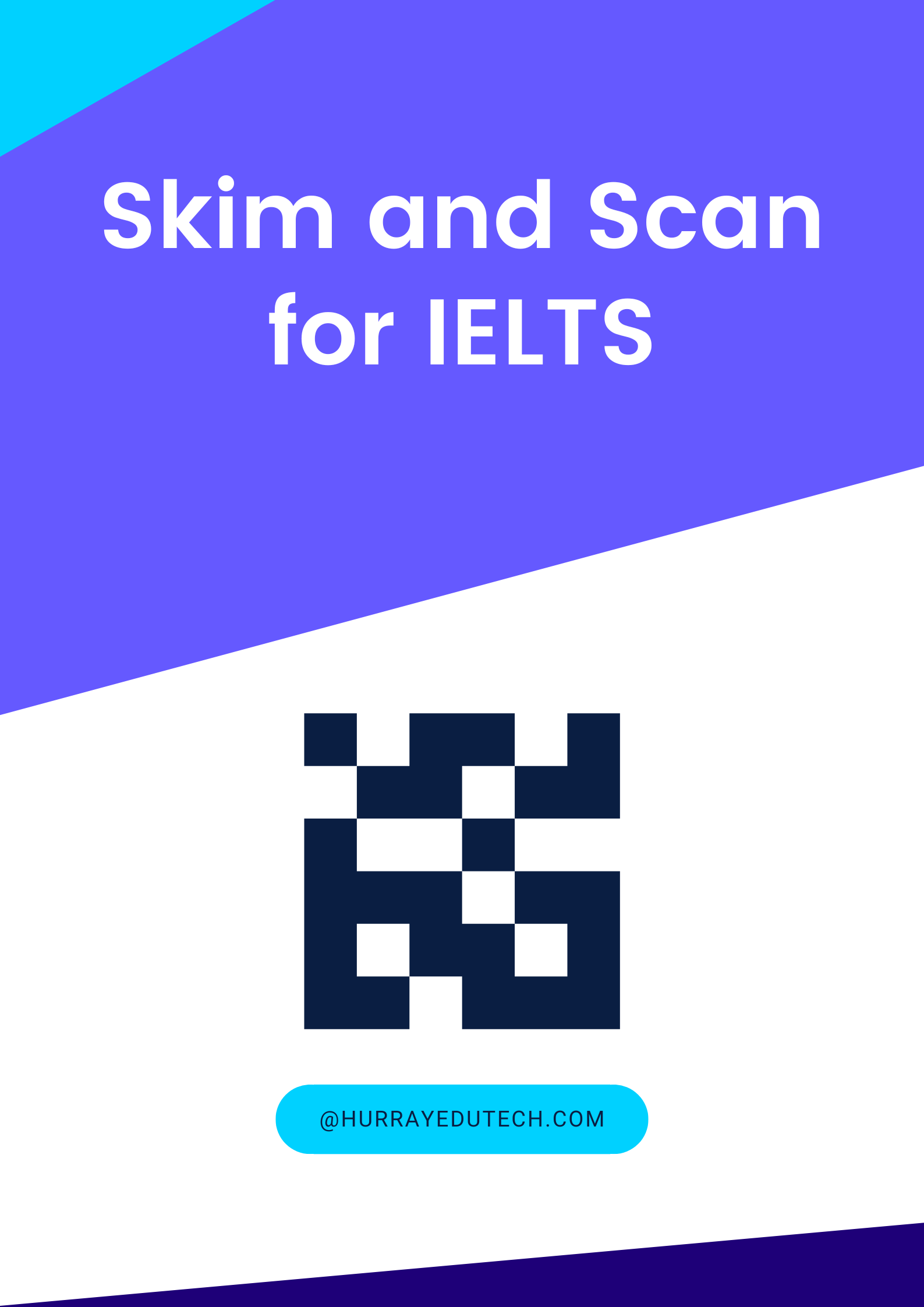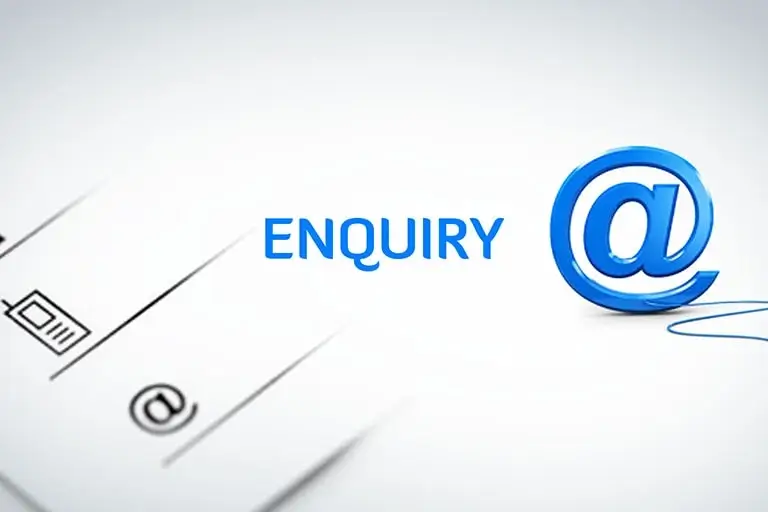For healthcare professionals seeking to register and practice in primarily English-speaking countries, or for academic purposes, OET certification is an essential first step – it is a test that qualifies you as proficient in the English language for professional use.
Here at Hurray, we offer the best online OET coaching guaranteed to help you gain success in the exam! Individual-oriented and flexible, and bolstered by our 8 years of experience, you will find our OET online course to be well-suited to your needs – with the benefit of accessing it from wherever you are!
Over a set of blog posts, we will break down the OET listening test for you – along with a few tips and strategies suggested by our experienced and expert trainers, spearheading our OET online training programme.
*Update for Covid-19: For all of you staying home, we are here to assist you with your OET preparation during lockdown. All of our blog content can be used as frameworks guiding your practice and study efforts – so you can make the most of this time!
About the Listening Test
The test is designed to test your ability to process information in English via Listening, in general healthcare environments/situations. Unlike the Writing and Speaking tests, this test is not profession-specific.
It consists of 3 parts with a total of 42 questions. For all 3 parts together, the total time limit is 50 minutes.
Here, we will discuss Part A. You can also check out our posts on Part B and Part C.
Part A: Consultation extracts
You will listen to a recorded extract of a health professional-patient consultation. Based on this, you will complete the health consultant’s notes as you listen. It is designed to test your ability to listen to and process information quickly and efficiently, for a particular purpose.
The test consists of 2 recorded extracts, each of about 5 minutes’ duration. Based on each recording you will have to answer 12 questions – these take the form of blanks/incomplete sentences. You will fill them it using the words/phrases you hear in the recording.
The health profession may be any one of the 12 professions covered by OET. The recorded voices may reflect varying accents – most commonly British, American and Australian, but also others like Irish, South African etc. This is meant to be a reflection of the global nature of the healthcare workforce.
Required skills:
-
language comprehension, including accent and pronunciation
-
ability to identify required information during a consultation
Example
To help acquaint you with the OET Listening test, we are using genuine OET material. To hear the sample extracts in full, refer to this link: Listening Sample Test
In the question paper, you will see the following:
Extract 1: Questions 1-12
You hear a physiotherapist talking to a new patient called Ray Sands. For questions 1-12, complete the notes with a word or short phrase that you hear. You now have thirty seconds to look at the notes.
Patient Ray Sands
18 months ago • back injury sustained (lifting (1) _____________)
1 year ago • sciatica developed
6 months ago • clear of symptoms
Last month • recurrence of symptoms
Patient’s description of symptoms • pain located in (2) _____________
• pain described as (3) _____________
Tips for preparation
-
Hone your listening and language comprehension skills
For this test, familiarising yourself with various accents and the pronunciations of different words is required.
The best way to do this is to expose yourself to English in use in various audio formats, particularly television and online videos. You may listen to such material related to your domain or healthcare in general. Ensure that you also choose such material from a number of different countries, in order to get used to hearing and understanding different accents.
-
Build your vocabulary
Vocabulary skills involve knowing a large number of words, what they mean, spellings and appropriate use. For the reading test, your vocabulary must be strong on profession-specific and technical words, as well as colloquial vocabulary.
For the former, your repeated exposure to medical texts, journals, textbooks and so on, should hold you in good stead. For the latter, we recommend that you read material and watch/listen to informative programmes, where good English is bound to be used (you can trust magazines like Time or National Geographic and news channels like BBC).
-
Grammar skills
Grammar skills are necessary in order to help you decipher sentence structures and the various nuances of speech, in order to interpret meanings accurately during the listening test. The grammar elements you must pay attention to include sentence construction, verbs and tenses, punctuation as it reflects in speech (e.g. the pause between ideas, usually indicated by a comma).
Like with the above strategies, exposing yourself to English in use is the best way to develop these skills.
-
Practice!
Ultimately, to ace your reading test, extensive practice is your best bet. Answer as many mock OET tests as you can – ideally, a minimum of 6-7.
In doing so, you will:
-
Get used to the nature of the recorded extracts, including – recognising alternating speakers, different accents, and implied information
-
Build and hone the necessary listening skills
-
Get used to performing the test within a limited time
Tips for Performance
-
Strategy for performance and
-
Managing time limit
We recommend the following strategy:
Step 1: you will be told that you have 30 seconds before the recording begins to go through the consultation notes. At this time, you will
-
skim through the notes to identify what the topic of the extract is
-
identify the location of the blanks
Step 2: you will listen to the recorded extract for 5 minutes – simultaneously, you will be answering the questions.
Step 3: you will be given 2 minutes to check your answers.
Note: Remember, you have a total of 50 minutes in which to complete all three parts of the test. For Part A, each extract and its questions require about 8-10 minutes each. That means you will spend about 20 minutes on this part of the test. That leaves about 30 minutes for the remainder of the test.
-
Identifying information
Based on your initial reading of the notes, you should have a fair idea of where the blanks are located. Accordingly, focus on listening for the required information for each blank. For this, you will match the information you hear with what is already written in the notes, in order to know when the missing information presents itself.
-
Keep up
Remember, the recording cannot be played back. You must note down the required information as you hear it. The more you practise, the better you will be able to keep up with speed of the recording.
However, if you are not so quick or if the blank requires a lengthier phrase, you can use the following strategy (with extreme caution!):
Use short forms while writing – utilise condensed spellings of words while you go through the recording to fill in the blanks, to help you save time. Make sure that you will be able to recognise these spellings.
For instance, dropping the vowels can help.
Example: …lifting (1) a hvy suitcse. (a heavy suitcase).
But remember! During the 2 minutes’ period you get to check your answers, ensure that you carefully go through each answer and make sure it is complete and properly spelled.
For more how-to’s like these, and plenty of opportunities to put them into practice, you can depend on our OET online classes.
To learn more, reach out to us via email: info@hurrayedutech.com or call us on: 8971357938.











Post Comments